Reasons To Get Straight Run Chickens Instead Of Sexed Chicks
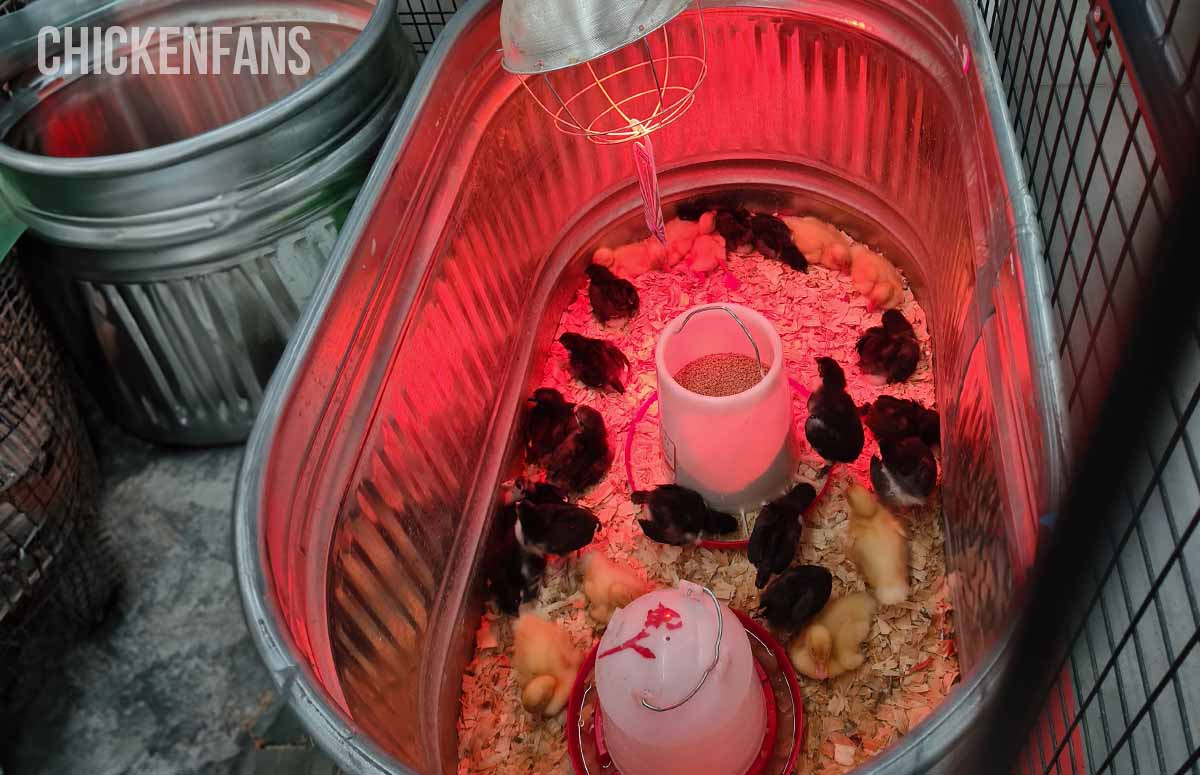
Most hatcheries sell what they call straight run chickens, but what does that mean? Let’s delve into the intriguing world of straight run chickens, where the mystery of gender unfolds with every chirp. Join us as we unravel the practical considerations, challenges, and cost-effective advantages that accompany the process of raising and keeping straight run chickens.
What Are Straight Run Chickens?
Straight run chickens are chicks that haven’t undergone gender determination or sexing. When purchasing straight run chicks, their gender remains unknown until they age. You will receive a mix of male and female chicks, usually a 50/50 ratio, providing an unpredictable outcome.
Challenges of Gender Identification in Chicks
Gender determination in chickens poses challenges for many hatcheries due to the difficulties of visually identifying the gender. Unlike adult chickens, where gender traits are more distinct, determining the sex of chicks requires expertise.
Some hybrid chickens are easy to identify as day-old chicks, which hatcheries call an auto-sexing breed. You can check the chicks’ gender by the color or barring on their dawn.
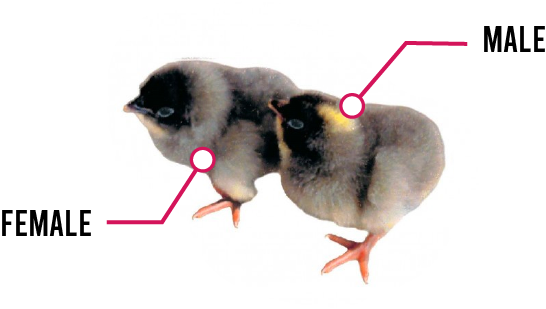
But for most chicken breeds, methods like wing sexing or vent sexing are used, but they can be complex and often require professional skills. The process is time-consuming and costly for hatcheries, which is why they also offer unsexed chicks, known as straight runs, as an alternative.
Despite the challenges, experienced hatcheries still accurately determine the gender of chicks, but it still requires knowledge.
Why Buy Straight Run Chicks?
There are multiple reasons why considering buying straight run chicks instead of sexed ones is advantageous.
- Ethical concerns about the disposal of male chicks
- Self-sufficient living
- Cost-effectiveness
Ethical Concerns
To start, buying straight run chicks provides an opportunity to address ethical concerns surrounding the treatment of male chicks. Many people prefer to purchase sexed chicks to avoid unwanted roosters, but it’s important to recognize that sexed chicks simply shift the responsibility of culling to hatcheries.
Individuals can give male chickens a quality life by choosing straight run chicks. This is not meant to criticize those who purchase sexed chicks. Instead, it’s an invitation to reflect on the underlying factors contributing to this situation.
Self-sufficient Living
Secondly, buying straight run chicks addresses both ethical concerns and offers a pathway to achieve self-sufficiency in food production. By raising and processing your own eggs and meat, you become fully connected to nature.
This level of self-reliance allows you to have greater control over the quality of the food you consume while reducing reliance on industrial practices. This is a great way to become a fully self-sufficient homesteader or farmer and learn your kids that meat doesn’t naturally come in plastic packaging.

Cost-Effectiveness
Lastly, Straight run chicks are often more affordable than sexed pullets. This makes them an economical choice, especially for those looking to start or expand their flock without breaking the bank.
While it is true that straight run chicks are more affordable than sexed pullets, it’s important to note that sexed roosters are cheaper than straight run chickens. The pricing dynamics in the poultry market reflect the demand for specific genders.
By purchasing a straight run flock, you’ll have both males and females for a small price. When comparing straight run chickens to sexed chicks of the desired gender, the cost-effectiveness of straight run chicks becomes evident.
Things To Check Before Getting Straight Run Chicks
Before running to the store or hatchery, remember that there are some things to double-check before getting a mixed flock of straight run chicks. We’ll address the most important ones.
All Rooster Flock: As said before, straight run chickens are uncertain in gender. Most hatcheries mention a 50/50 hen-rooster ratio, but this is not an exact science. Be prepared to have all roosters or only one or two hens; it is less likely but possible.
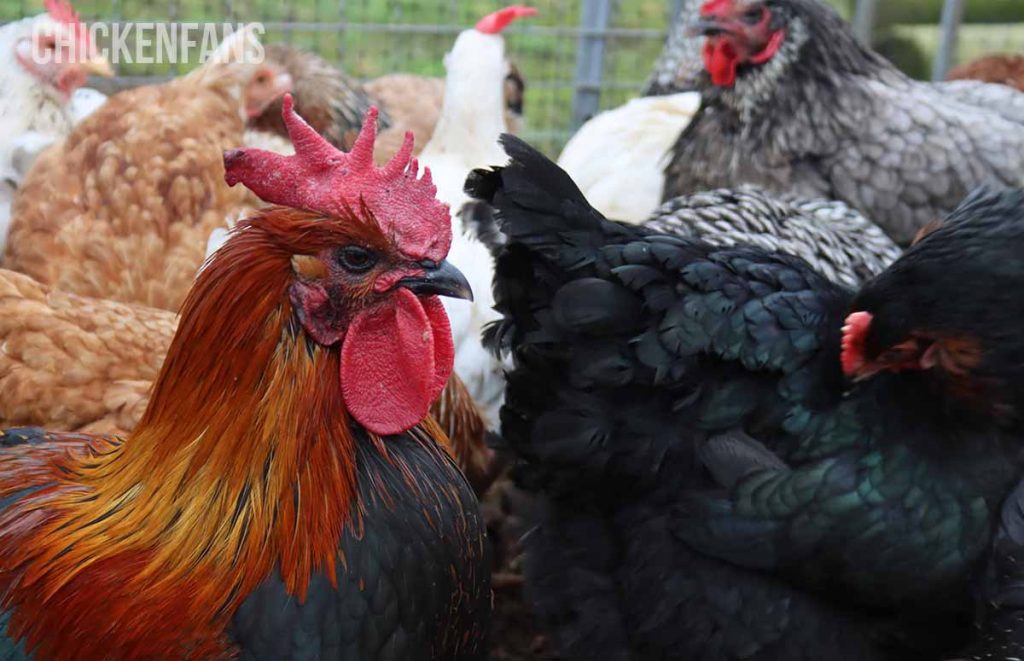
Local Regulations: It’s crucial to know local regulations or restrictions regarding roosters. In some areas, keeping roosters may not be allowed due to noise ordinances. Ensure that owning roosters is permitted in your neighborhood.
Talk to your Neighbors: It’s advisable to communicate with your neighbors and inform them about your intention to keep roosters. Respecting your neighbors’ preferences is important, as roosters can be noisy. Discussing the matter beforehand can find solutions that work for everyone involved.
Space and Resources: Raising male and female chickens requires additional space. Roosters can become territorial, so providing adequate room for separation or considering the need for separate coops may be necessary.
Future Plans for Roosters: Consider your plans for the male chicks. If you don’t intend to keep all roosters, you should have an exit plan in place. This may involve rehoming, giving them to others interested in raising roosters or harvesting them for meat.
Hatchery Reputation: Conduct thorough research on the hatchery from which you plan to buy straight run chicks. Look for reputable sources with positive reviews. It’s essential to ensure that the chicks you buy are healthy and well-cared for.
Hatchery Buying Options
If you’re not sure yet that straight run chicks are for you, let’s find out what other options you have. When buying chickens from a hatchery, different options are available, each with its distinctions. Let’s explore the main buying options and their characteristics.
- Sexed female chicks or pullets
- Sexed male chicks or cockerels
- Straight run chicks
- Hatching eggs
Sexed Female Chicks or Pullets
The most popular choice for prospective chicken owners is acquiring sexed female chicks and pullets. These chickens have undergone a sexing process, ensuring that they are female.
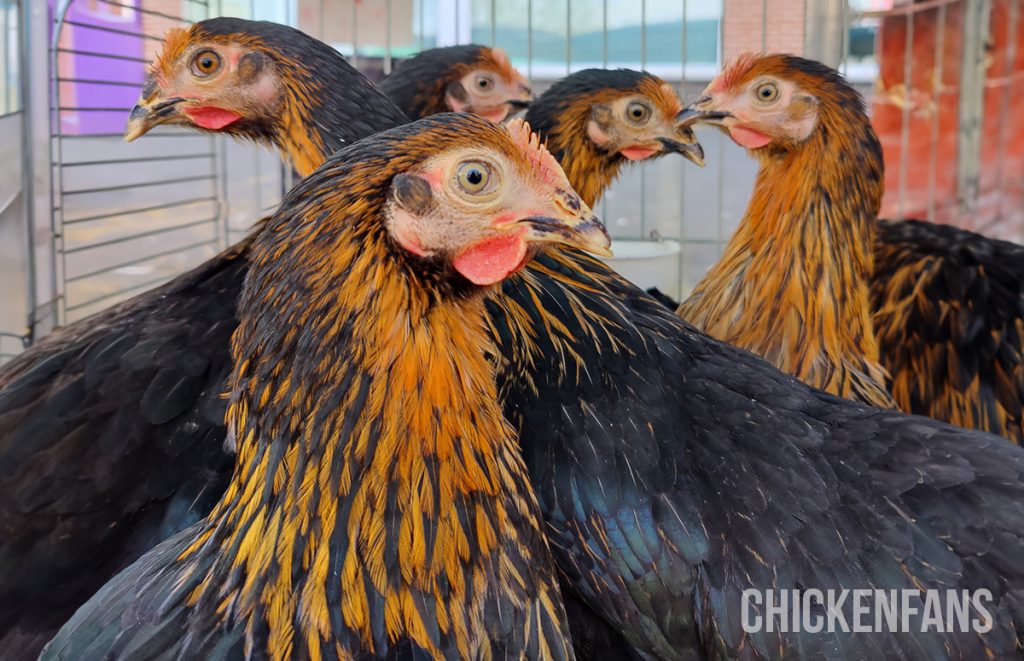
Pullets are young female chickens, less than one year old that haven’t started laying yet but will start soon. They are sought after by those primarily interested in egg production. Female chickens provide the assurance of consistent egg production as they mature into hens.
Next to pullets, you can choose to purchase sexed day-old chicks. Buying sexed female chicks eliminates the uncertainty of ending up with roosters. Raising chicks is a rewarding experience, and fun to do with the family. However, it does require some extra knowledge and materials such as heat lamps and brooders.
Sexed Male Chicks or Cockerels
While the focus is often on acquiring female chicks, most hatcheries also sell male day-old chicks and cockerels.
Cockerels and male chicks are generally more affordable compared to other chickens. Due to their lower demand in the market, hatcheries offer them at a lower price.
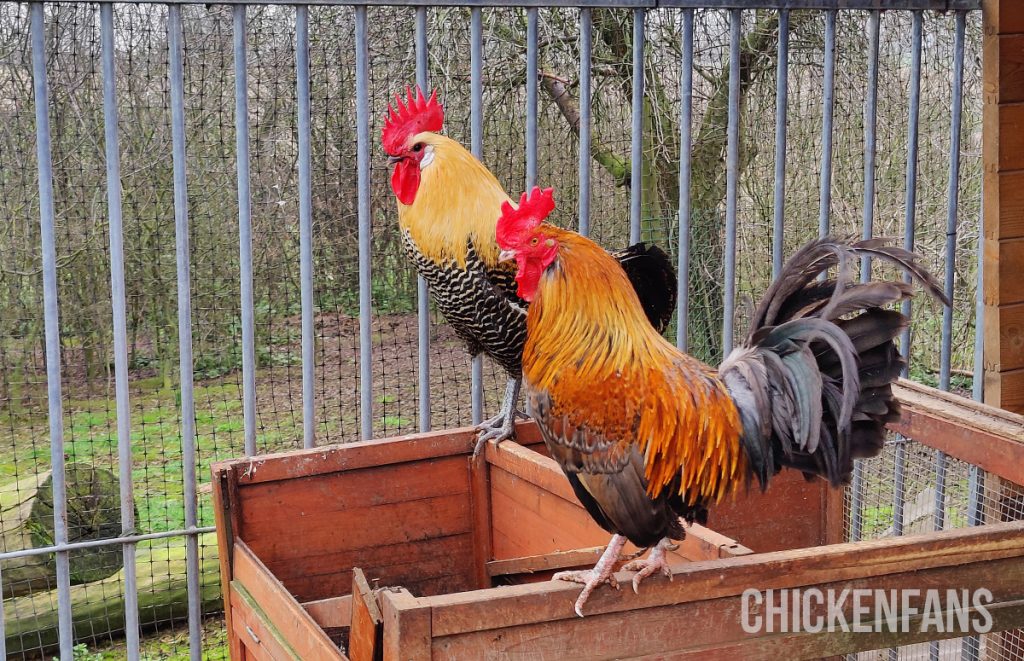
Keeping roosters can be a fascinating educational experience for those interested in understanding the different roles and interactions within a chicken pecking order.
Additionally, an alternative option is to consider adopting one from farm animal sanctuaries. These sanctuaries often provide a loving home to abandoned roosters, offering them a second chance at life.
By adopting a rooster from a rescue center, you fulfill your desire for a rooster, support a meaningful cause, and contribute to animal welfare.
Straight Run Chicks
Straight run chicks offer a mix of male and female chickens. One of the benefits of choosing straight run chicks is affordability. They are often priced lower than sexed chicks or pullets, making them a more budget-friendly option.
If you’re planning to raise chickens for meat production, straight run chicks provide an opportunity for both males and females. This allows you to keep hens for eggs while using the roosters for meat.
Hatching Eggs
The final option hatcheries provide is to hatch your own chicken eggs using an incubator or a broody hen. Opting for hatching eggs is an intriguing option, but be careful to consider the implications thoroughly and have a clear plan, particularly considering the male chicks.

Hatching eggs offer a unique opportunity to experience the lifecycle of chickens, from incubating to witnessing the hatching process. It can be a rewarding and educational experience.
But always remember that you will hatch a mixed flock of male and female chicks by purchasing hatching eggs. Therefore, it’s important to be prepared to manage male chicks and have options available if you’re not planning on keeping male chickens yourself.
Some options include finding suitable rehoming of the roosters to individuals or raising them for meat production.
Next to the possibility of getting one or more roosters, hatching eggs require careful incubation and regular monitoring throughout the incubation period. It’s essential to have the necessary equipment and knowledge to ensure a successful hatch.
Summary
Straight run chickens, or unsexed chicks, offer an affordable mix of male and female birds. While sexed chicks may be more convenient, straight run chicks provide the opportunity to raise a diverse flock.
However, it’s important to consider the challenges of keeping roosters and ensuring compliance with local regulations. Straight run chickens allow chicken keepers to be more self-sufficient by raising their own meat. It’s a choice that requires careful planning and consideration.
There are hundreds of chicken breeds in the world! If you want to get to know them all, rare or common, heritage or hybrid, go to our ‘All Chicken Breeds & Types Worldwide: List of 500+ Breeds‘.


















